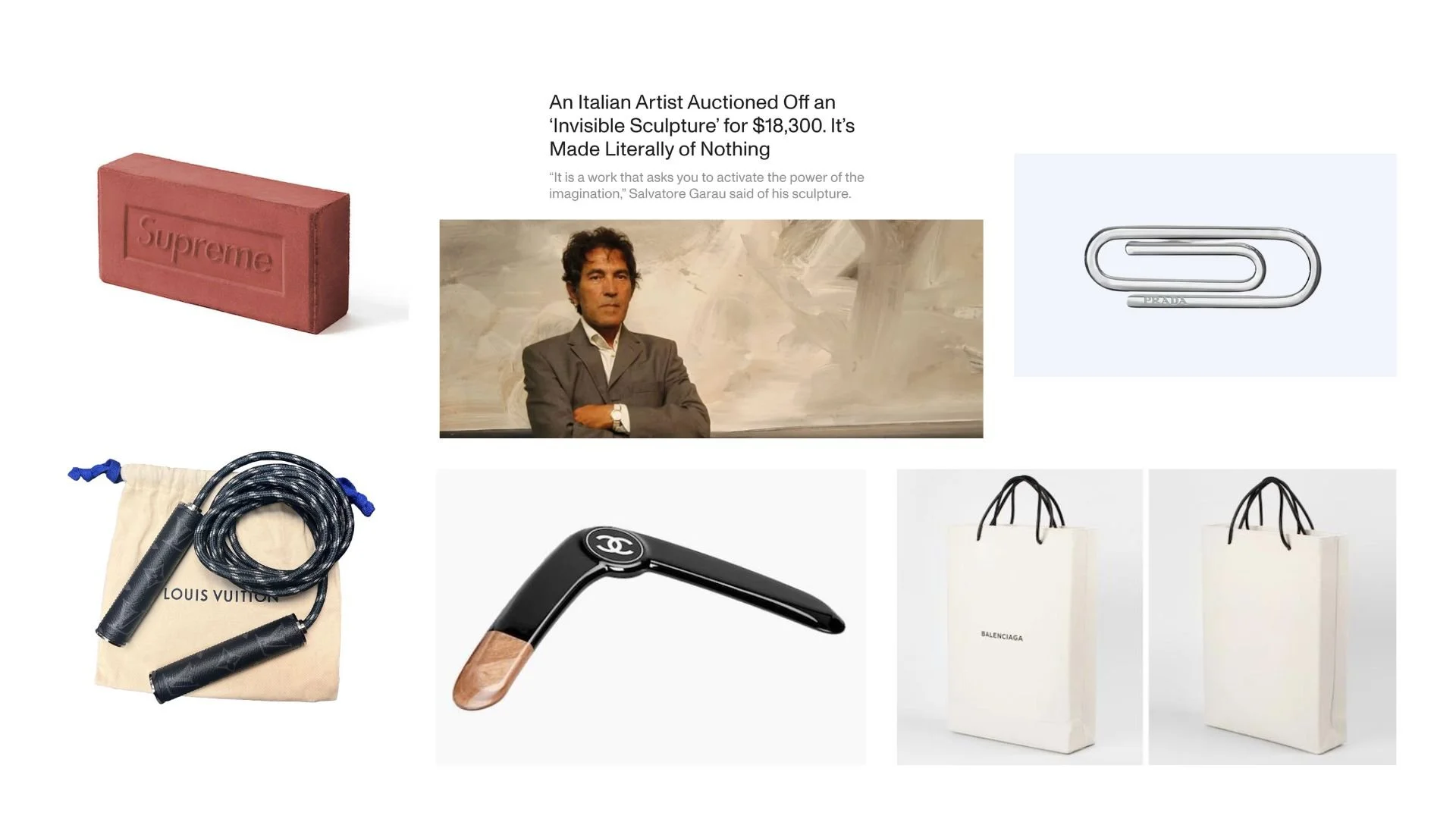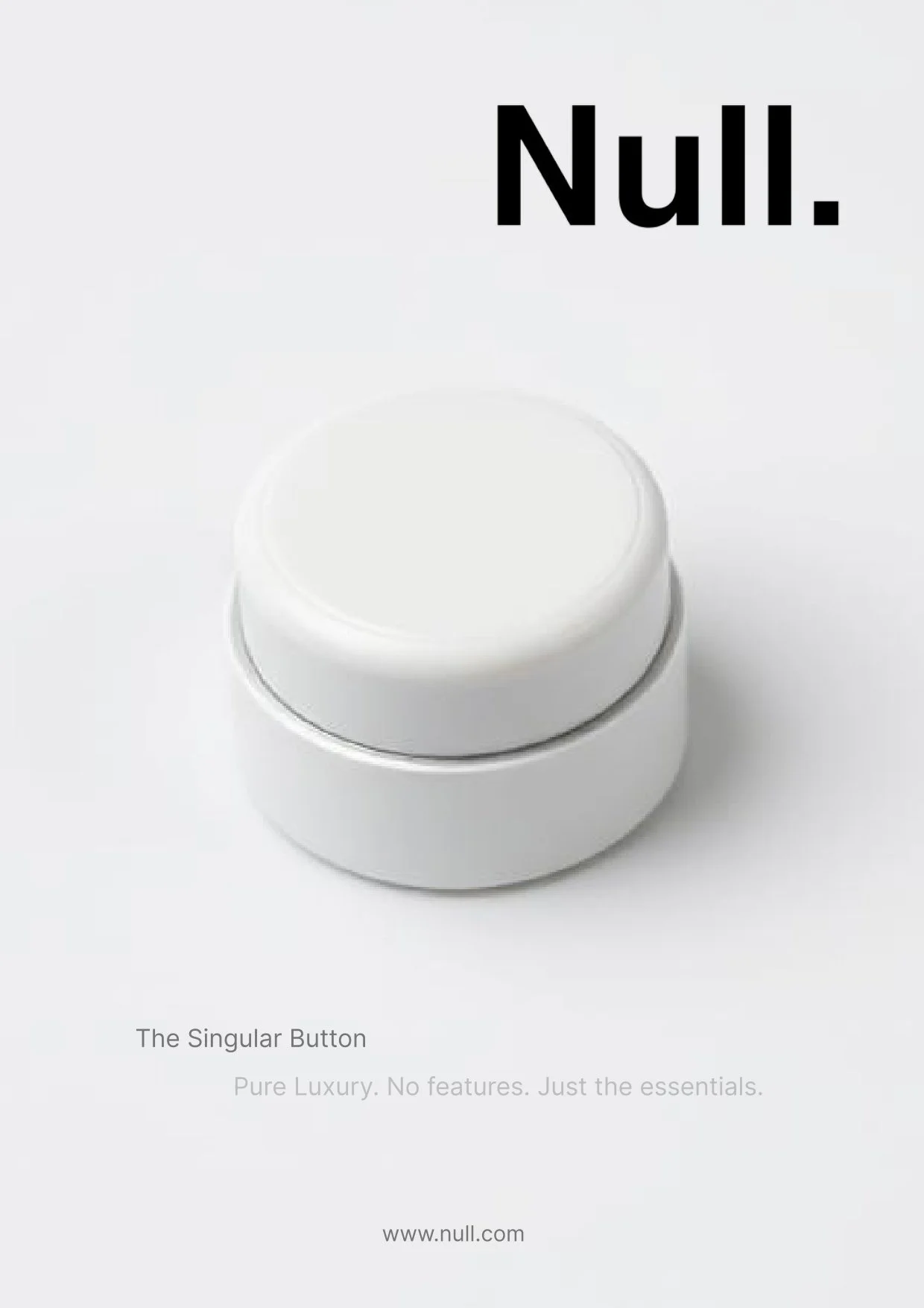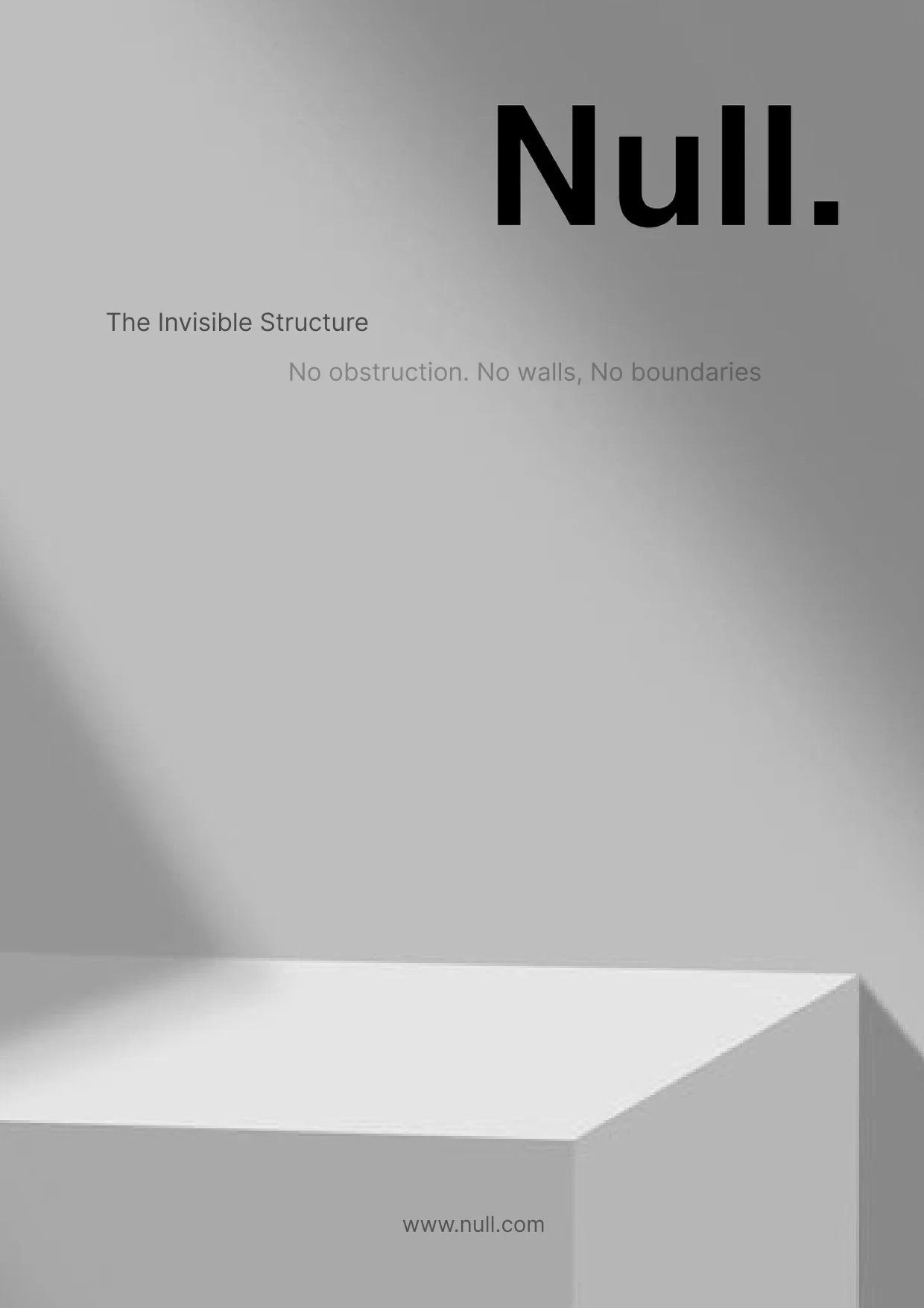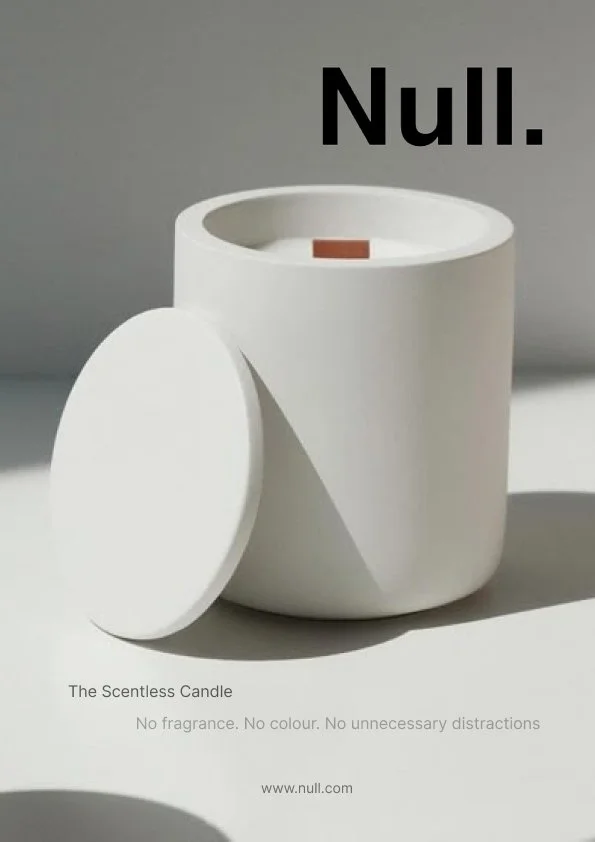Conceptual Project
Visual Design
Conceptual Project Visual Design
A conceptual project that explores the absurdity of luxury minimalism, where value is defined not by function but by perception. It examines how elite brands manipulate consumerism by transforming scarcity, simplicity, and branding into status symbols—making people covet objects that are useless, redundant, or even nonexistent.
The Absurdity of Luxury Minimalism
From designer bricks and luxury paper clips to invisible sculptures and overpriced shopping bags, the high-end market thrives on perceived value rather than intrinsic worth. This campaign turns that phenomenon into a satirical luxury brand—offering objects so minimal, they barely exist.
Luxury. Period.
Color Palette: A restrained combination of white, black, and grey. These colors, synonymous with high-end branding, create an aura of exclusivity while emphasizing the concept of emptiness as luxury.
Typography: Helvetica and Inter—both stark, clean, and corporate—reinforce the illusion of prestige while subtly mocking the neutral, detached voice of luxury brands.
Imagery: Each product is displayed in isolated, sterile environments, mimicking high-fashion advertisements that romanticize simplicity. The generous use of white space mirrors how absence is framed as sophistication in the luxury world.
The Epitome of Luxury Brand
Execution
This campaign extends across different mediums to reinforce its critique of luxury branding and consumer psychology:
Magazine Ads: Near-empty layouts with barely-there text (“Luxury is what you don’t see”) printed in ultra-thin Helvetica, mirroring the unattainability of elite products.
Website: A hyper-minimalist, invite-only website featuring absurdly overpriced, functionally useless products. Buyers must “Request to Purchase,” further enhancing the sense of exclusivity and artificial demand.
This project is both a luxury brand and a critique of luxury itself. It plays on the psychological appeal of exclusivity, making people desire objects that offer nothing but status. By stripping products down to their barest form—or removing them entirely—this work challenges consumer habits and exposes how marketing manipulates perception.
In a culture obsessed with more, Null offers less—but in doing so, it forces us to reconsider the value of objects in our lives. Is a blank canvas art? Is an invisible watch still a watch? If luxury is about scarcity, then is nothingness the most valuable commodity of all?










